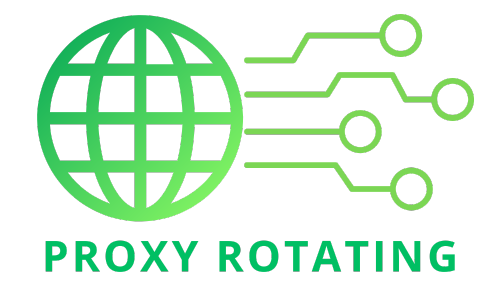Blockchain Hyperledger Fabric, developed by IBM and other collaborators, is an open-source blockchain platform renowned for empowering businesses to construct secure, private, and scalable blockchain applications. Its robust features and architecture make it a pivotal tool for enterprises seeking to leverage blockchain technology across various use cases, from supply chain management to financial transactions. In this Proxy Rotating article, we delve into the capabilities and advantages of Hyperledger Fabric, shedding light on how it transforms the realm of enterprise blockchain solutions.
What is Blockchain Hyperledger Fabric?
Blockchain Hyperledger Fabric is an open-source distributed ledger technology (DLT) platform developed by the Linux Foundation’s Hyperledger project. It provides a modular and scalable framework for building enterprise-grade blockchain solutions. Unlike public blockchains like Bitcoin or Ethereum, Hyperledger Fabric is designed for permissioned networks, allowing organizations to control access and data visibility among participants. It features a flexible architecture that supports smart contracts, consensus mechanisms, and pluggable components for identity management, privacy, and consensus. Hyperledger Fabric is known for its emphasis on privacy, scalability, and interoperability, making it a preferred choice for businesses looking to deploy secure and scalable blockchain applications in various industries, including finance, supply chain, healthcare, and more.
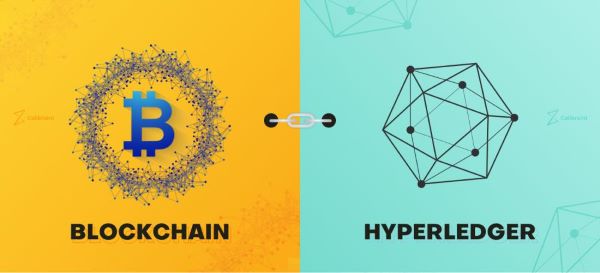
How does Hyperledger Fabric Work?
Hyperledger Fabric is a permissioned blockchain platform designed for enterprise use, allowing organizations to develop and manage decentralized applications with enhanced data privacy and security. Here’s how Hyperledger Fabric works:
Architecture Overview
- Permissioned Network: Hyperledger Fabric is a permissioned network, meaning only authorized participants can join.
- Modular Design: It features a modular architecture that allows customization for various use cases and industries.
Key Components
- Peers: Nodes that maintain the ledger, execute smart contracts (chain code), and validate transactions.
- Ordering Service: This service manages the order of transactions in the blockchain and ensures that transactions are delivered in a consistent order across the network.
- Certificate Authority (CA): Provides cryptographic identities to network participants, ensuring secure and authenticated interactions.
- Channels: Private sub-networks within the blockchain, allowing subsets of participants to create separate, isolated ledgers.
Transaction Flow
- 1. Proposal: A client application proposes a transaction by sending it to endorsing peers.
- 2. Endorsement: Endorsing peers simulate the transaction using chain code and endorse it by signing the result.
- 3. Ordering: The endorsed transaction is sent to the ordering service, which batches transactions into blocks.
- 4. Validation and Commitment: All peers validate the transaction against endorsement policies and commit it to the ledger by appending it to the blockchain.
Consensus Mechanism
- Hyperledger Fabric uses a pluggable consensus mechanism. This flexibility allows organizations to select a consensus algorithm that best fits their requirements (e.g., Kafka, Raft).
Chaincode (Smart Contracts)
- Execution: Chaincode runs on peers and defines the business logic for transactions.
- Deployment: Chaincode is installed on the network, and transaction proposals trigger its execution.
Privacy and Confidentiality
- Channels: Isolate transactions to specific participants, ensuring that only authorized parties can access certain data.
- Private Data Collections: Allow confidential data to be shared among a subset of organizations without creating separate channels.
Ledger Structure
- World State: A database containing the latest state of the assets.
- Blockchain Ledger: An immutable sequence of blocks containing a set of transactions.
Membership Services
- Identity Management: Handles user authentication and authorization.
- Role-Based Access Control (RBAC): Controls access to the network resources based on the roles assigned to participants.
Example Workflow
- Transaction Proposal: A user submits a transaction proposal to the network.
- Endorsement: Endorsing peers execute the transaction using the chain code and endorse it by generating a response.
- Submission to Ordering Service: The client collects the endorsements and submits the transaction to the ordering service.
- Transaction Ordering: The ordering service orders transactions and creates blocks.
- Validation and Commit: Peers validate the transaction against endorsement policies and commit it to the ledger.
By leveraging these components and processes, Hyperledger Fabric provides a secure, flexible, and scalable platform for enterprise blockchain applications.
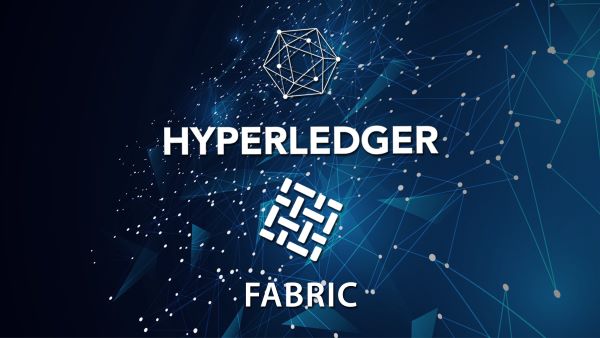
Advantages of the blockchain Hyperledger Fabric
The advantages of Hyperledger Fabric blockchain stem from several key features:
Encryption and Access Control: Hyperledger Fabric employs robust encryption techniques and access control mechanisms to safeguard data. By encrypting sensitive information and controlling access, Hyperledger Fabric ensures that only authorized users can access and manipulate data, enhancing overall data security.
Confidential Data Sharing: Hyperledger Fabric allows members to share data confidentially within the network. Through its permissioned network model, organizations can collaborate and exchange data securely while maintaining privacy among authorized participants. This characteristic is especially advantageous for businesses handling confidential information.
Support for Multiple Deployment Models: Hyperledger Fabric supports various deployment models, including permissions, consortium, and public networks. This flexibility enables organizations to choose the most suitable deployment model based on requirements, regulatory constraints, and trust relationships with network participants.
Scalability: Hyperledger Fabric is designed to be highly scalable and capable of expanding to meet the needs of various organizations. Its scalability ensures that the blockchain network can accommodate growing data volumes and transaction throughput, making it suitable for organizations of all sizes.
Large Community and Ecosystem: Hyperledger Fabric benefits from a large, active community and rich ecosystem of supporting tools and resources. This robust community provides access to expertise, collaboration opportunities, and a wide range of tools and libraries, facilitating the development, deployment, and maintenance of Hyperledger Fabric-based solutions.
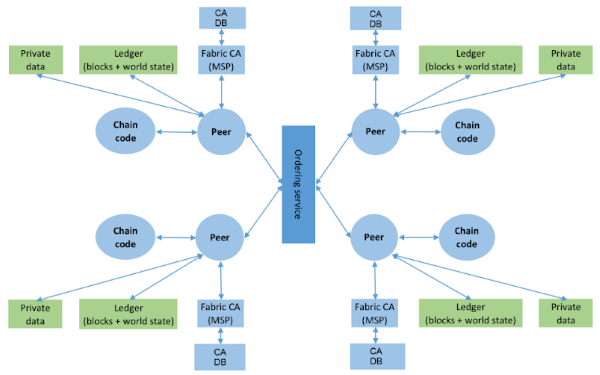
Learn about Hyperledger Fabric architecture.
In Hyperledger Fabric architecture, several vital components play essential roles in the operation of the network:
Orderer: The Orderer ensures consensus among network members by managing the order and confirmation of transactions. It maintains the sequence of transactions and ensures that all network participants agree on the outcome of transactions, thereby maintaining the integrity and consistency of the ledger.
Peer: Peers store the ledger and execute transactions within the network. Each peer may hold a copy of the ledger and is responsible for verifying and executing transactions. Peers also participate in the consensus process, helping maintain the data’s consistency across the network.
Certificate Authority (CA): The CA issues certificates to network members, ensuring the security and authentication of participants within the network. These certificates verify members’ identities and provide secure and authorized access to the network.
Client: Clients interact with the Fabric network through APIs as the interface between external applications and the blockchain network. Clients can be applications or external services that utilize the APIs provided by Hyperledger Fabric to submit transaction requests query data and interact with smart contracts within the network.
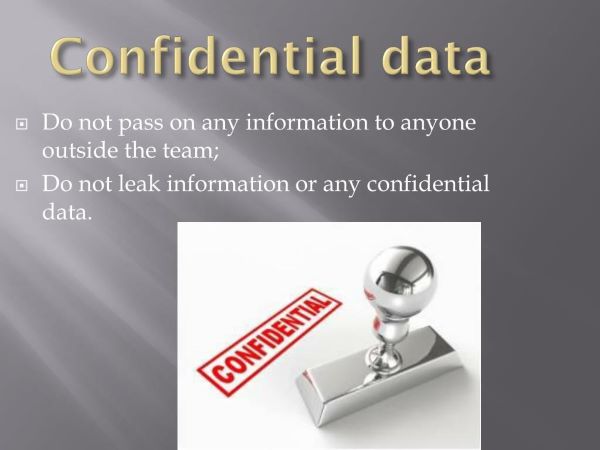
What are the applications of Hyperledger Fabric?
Hyperledger Fabric finds applications across various industries, providing secure and efficient solutions for a multitude of use cases:
Supply Chain Management: Hyperledger Fabric is utilized in supply chain management to track goods and verify the origin of products. By recording every step of the supply chain process on the blockchain, businesses can enhance transparency, traceability, and accountability throughout the supply chain.
Finance: Hyperledger Fabric facilitates cross-border payments and secure data sharing in the financial sector. Banks and financial institutions leverage the blockchain platform to conduct seamless and transparent cross-border transactions while ensuring compliance with regulatory requirements and data security.
Healthcare: Hyperledger Fabric securely shares patient data while maintaining privacy and compliance. Medical institutions and providers can securely share patient records and medical information on the blockchain, enabling efficient collaboration and improving patient care outcomes.
Elections: Hyperledger Fabric is employed in electoral processes to facilitate safe and transparent voting. By leveraging the blockchain platform, election authorities can conduct secure and auditable elections, ensuring the integrity and transparency of the voting process while safeguarding against fraud and manipulation.

Compare Hyperledger Fabric with other blockchain platforms.
Comparing Hyperledger Fabric with other blockchain platforms involves assessing various aspects such as architecture, consensus mechanisms, governance models, scalability, privacy features, and use cases. Here’s a comparison of Hyperledger Fabric with some other popular blockchain platforms
Ethereum
Ethereum primarily uses Proof of Work (PoW), transitioning to Proof of Stake (PoS) with Ethereum 2.0. At the same time, Hyperledger Fabric supports various consensus mechanisms, including Practical Byzantine Fault Tolerance (PBFT) and Kafka-based consensus. Ethereum’s privacy features are limited, whereas Hyperledger Fabric offers advanced privacy features like channels and private transactions. Ethereum is widely used for decentralized applications (dApps) and smart contracts, while Hyperledger Fabric is more suited for enterprise use cases such as supply chain management and financial services.
Ripple
Ripple uses the Ripple Protocol Consensus Algorithm (RPCA), a variant of PBFT, while Hyperledger Fabric supports multiple consensus mechanisms. Ripple’s governance is centralized and managed by the Ripple company, whereas Hyperledger Fabric follows a more decentralized governance model with contributions from various organizations. Ripple is known for its high scalability and fast transaction processing, while Hyperledger Fabric offers scalability through its modular architecture but may require more customization for specific scalability needs.
Corda
Corda is designed for specific use cases, focusing on privacy and scalability for financial applications, while Hyperledger Fabric offers a more general-purpose architecture suitable for various industries. Corda and Hyperledger Fabric prioritize privacy, but Corda uses a different approach with its state-centric model, while Hyperledger Fabric utilizes channels and private transactions. Corda is designed for high scalability and throughput, especially for financial transactions, while Hyperledger Fabric provides scalability through its modular architecture but may require more effort for fine-tuning.
Hyperledger Fabric, a cornerstone in the blockchain hyperledger fabric ecosystem, is a versatile and robust blockchain platform offering advanced features and capabilities suitable for enterprise-grade applications. Its emphasis on privacy, scalability, and modular architecture, critical tenets of blockchain hyperledger fabric technology, ensures secure and efficient data management. This makes it ideal for a wide range of industries, including supply chain management, finance, healthcare, and elections, which require the confidentiality, integrity, and privacy that blockchain hyperledger fabric can provide.
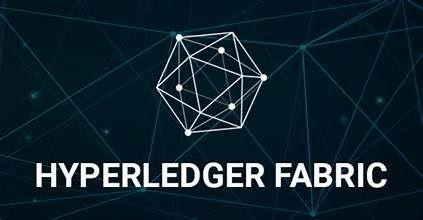
Its key components, including Orderer, Peer, Certificate Authority (CA), and Client, play essential roles in ensuring consensus, maintaining data integrity, and facilitating interactions within the network. With its ability to support multiple deployment models and its large community and ecosystem of supporting tools, Blockchain Hyperledger Fabric continues to lead the way in enterprise blockchain solutions. For further exploration of this topic and related subjects, visit proxyrotating.com for additional resources and insights.
>>> See more:
Blockchain security assessment
Blockchain security testing checklist
Blockchain security testing tools
